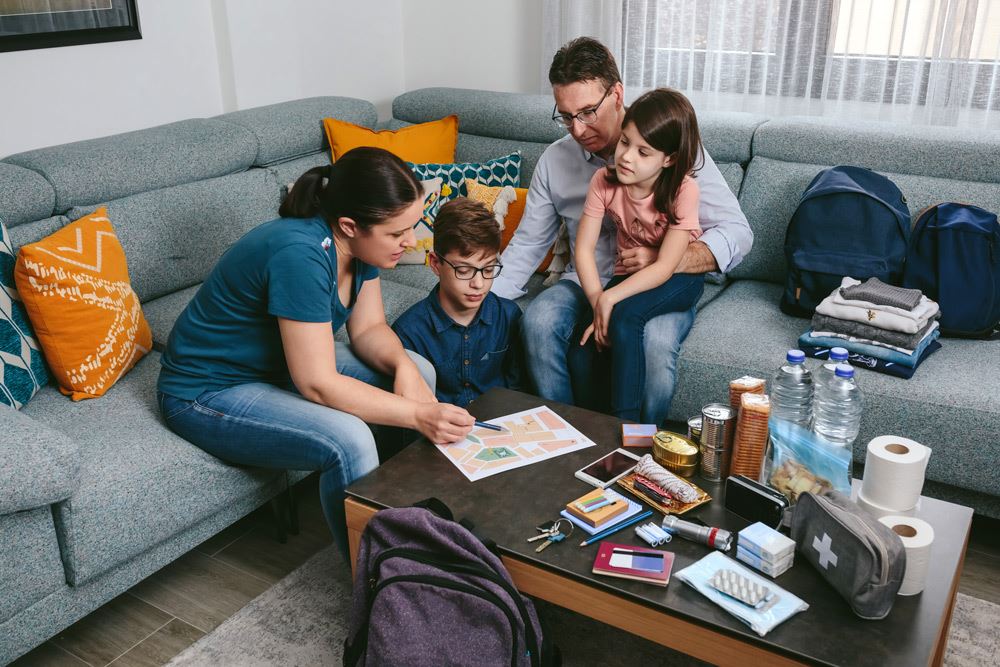Missing Homework? Here’s Your Summer Safety Checklist
School is out for the summer and many families are making lists of fun activities to do together, trips to take and new foods to make. There’s one list that shouldn’t be overlooked — the summer safety checklist. From kids who are old enough to spend time at home alone to even your tiniest kiddo, a plan of action can potentially save lives and prevent injury. Do you have a plan in place for each of the items below?
Water safety
According to the American Red Cross, every day roughly 11 people die from unintentional drowning in the U.S. It’s important to make sure your child is always supervised in the water. Steps you can take to help children include enrolling them in swimming lessons, using life jackets, going to areas where there’s a lifeguard on duty, and designating an adult to always be watching children in the water if you can’t. Bright swimsuit colors are best because they are more visible.
Sun safety
In Minnesota, we look forward to spending sunny days outdoors. It’s important to make sure you’re protecting yourself and your children from the harmful UV rays from the sun. Sunscreen with a minimum of SPF 30 should be applied before sun exposure. Children should wear loose-fitting clothing, a wide-brimmed hat that also covers the back of their neck and ears, a swimming shirt with long sleeves, and sunglasses for eye protection. Children six months and under should be kept out of direct sunlight and avoid using sunscreen.
Bugs
Bug bites and bee stings happen. That’s why it’s important to routinely check your child’s skin for anything unusual and use insect repellent that is approved by the Environmental Protection Agency (EPA). If you notice a rash, swelling or reaction following a bug bite, reach out to your child’s health care provider. Ticks can be small and hard to spot. If you do find a tick on your child, get as close to the skin as possible with a tweezer and slowly remove it. It’s recommended that you keep the tick in case it needs to be tested for Lyme disease. Other common summer pests to guard against include bees, mosquitos, spiders and fire ants.
Fire
Does your family have a fire safety plan for when you’re home in the summer? How about if you’re at your family cabin? Test smoke alarms and put together a fire escape plan, especially with children who may be old enough to stay home alone in the summer. Consider having your kids wear fire-resistant clothing, especially when around a campfire.
Food safety
Nothing ruins a good time faster than foodborne illness. Food spoils faster in the heat. That’s why it’s important to invest in a food thermometer and store/cook food at proper temperatures.
Severe weather
Just like having a fire safety plan in place, it’s also crucial to develop a plan for severe weather. This includes a plan for your home and anywhere else you spend time in the summer. Children who may be home alone should know what to do and where to go in case of a severe weather event.
Bike safety
Always practice proper bike safety by first wearing a properly fitting bike helmet and using a bike in good working condition. Kids should wear bright clothes when they’re biking to be more visible to motorists. It’s recommended that kids under the age of 10 always ride their bikes on the sidewalk whenever possible.
Stay hydrated
How much water you need depends on several key factors including weather conditions and your activity level. According to the Centers for Disease Control and Prevention, a general rule of thumb is if you’re active in the heat, you should be aiming to consume 8 ounces of water or hydrating liquid every 20 minutes.
